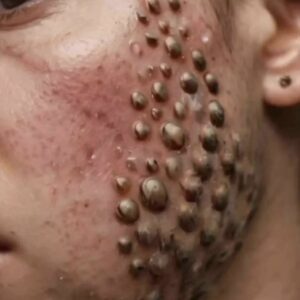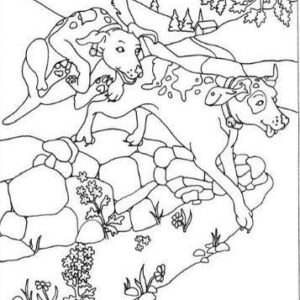Mastering “Spot the Difference” Puzzles: A Fun Workout for Your Brain
Unlocking the Appeal of Visual Challenges
Have you ever stared at two nearly identical pictures and felt that rush of excitement when you finally spot the tiniest change? That’s the magic behind “spot the difference” puzzles—a timeless pastime beloved by kids and adults alike. Whether it’s a cheeky cartoon of a woman doing her business or a serene nature scene, these puzzles tap into our innate desire to observe, compare, and triumph.
Why “Spot the Difference” Puzzles Captivate Us
Before we dive into strategies, let’s explore why these puzzles pack such a punch:
Engages Focus and Attention to Detail
Your eyes dart from corner to corner, hunting for shifts in color, shape, or texture. This sustained focus trains your brain to register subtle cues faster—an ability that translates to real-world tasks like proofreading or data analysis.
Delivers a Mini Dopamine Hit
Each time you pinpoint a difference—a changed shoe color, a missing picture frame—you get a small reward rush. That “aha!” moment feels surprisingly satisfying, encouraging you to find the next one.
Builds Pattern-Recognition Skills
Spot the Difference puzzles strengthen your ability to recognize patterns and deviations. Over time, you become adept at scanning complex images quickly, a skill valued in fields from design to diagnostics.
Anatomy of the Challenge: 15 Differences in a Bathroom Cartoon
Let’s take a closer look at the puzzle above—a playful cartoon showing a woman snapping a selfie on the toilet, with 15 sneaky changes between the left and right panels. Here’s what makes it so clever:
Color Swaps: The bra shifts from green to purple; her phone flips from red to green.
Accessory Tweaks: The framed Mona Lisa gains a cobweb; the trash bin disappears on one side.
Furniture and Fixtures: A floor tile cracks; the towel bar’s position alters.
Object Additions/Removals: A stray tissue falls to the floor; a roll of toilet paper shifts location.
Pet Appearances: A curious dog appears by her heels.
With 465 failed attempts, our puzzle pro proves just how tricky these can be. Yet each discovered change feels like a mini-victory.
Pro Tips: How to Find Every Difference
Ready to up your game? Here are five strategies to conquer even the toughest puzzles:
Divide and Conquer
Mentally split the image into quadrants. Scan one section thoroughly before moving on. This ensures no detail gets overlooked.
Use the “Z-Pattern” Scan
Move your eyes in a systematic zigzag—top left to top right, down a bit, back to left—covering every inch without backtracking.
Look for Oddities
Focus on items that stand out—the bright fruit basket, the patterned floor tile. Differences often hide in high-contrast or highly detailed areas.
Blink and Black-Out Trick
Close your eyes for a moment, then reopen. The momentary reset helps your brain spot changes that blend into the background.
Take a Step Back
Physically stepping away or zooming out (if digital) provides fresh perspective. You’ll catch discrepancies that vanish under close inspection.
Beyond the Bathroom: The Broader Benefits of Visual Puzzles
Spot the Difference isn’t just idle fun—it offers real cognitive perks:
Sharpens Memory Recall
Remembering the original scene while comparing the altered version exercises your working memory.
Boosts Problem-Solving Speed
The pattern-recognition practice you get translates to faster decision-making under pressure.
Encourages Mindfulness
Immersing yourself in a puzzle pulls you away from stressors and into the present moment, much like meditation.
Creating Your Own “Spot the Difference” Challenge
Want to design a custom puzzle for friends or students? Follow these quick steps:
Choose a Base Image
Pick a scene with multiple objects—kitchen, garden, busy city street. More elements equal more opportunities for differences.
Introduce Varied Changes
Rotate, resize, or recolor objects. Add small items (a snail on the floor), remove others (a lamp on the table), or tweak patterns (stripes to polka dots).
Keep the Level Balanced
Aim for a mix of easy, medium, and hard differences. You don’t want them all hiding in plain sight, nor buried in minutiae.
Test with a Friend
A fresh pair of eyes will reveal if your puzzle is too easy or impossibly hard. Adjust accordingly.
Conclusion
From a cheeky cartoon of a selfie-taking sitter to intricate botanical scenes, “spot the difference” puzzles enchant us with their perfect blend of challenge and reward. By honing observation skills, sparking joy with each “found it!” moment, and even delivering cognitive boosts, these visual riddles prove that play and brainpower go hand in hand. So next time you face a pair of near-identical images, arm yourself with the tips above, and dive in—those 15 differences won’t find themselves!





